North America : Market Leader in FMCG
North America continues to lead the Fast Moving Consumer Goods (FMCG) market, holding a significant share of 5000.0 million. Key growth drivers include a robust economy, high consumer spending, and a strong retail infrastructure. The demand for convenience products and health-conscious options is rising, supported by favorable regulations that promote innovation and sustainability in the FMCG sector. The competitive landscape is characterized by major players such as Procter & Gamble, PepsiCo, and Coca-Cola, which dominate the market. The U.S. remains the largest contributor, with Canada and Mexico also showing strong growth. The presence of established brands and a focus on e-commerce are further enhancing market dynamics, ensuring North America's continued leadership in the FMCG sector.
Europe : Diverse and Competitive Market
Europe's FMCG market, valued at 3500.0 million, is driven by diverse consumer preferences and a strong emphasis on sustainability. Regulatory frameworks across the EU encourage innovation and eco-friendly practices, which are increasingly influencing purchasing decisions. The demand for organic and locally sourced products is on the rise, reflecting a shift towards healthier lifestyles among consumers. Leading countries like Germany, France, and the UK are at the forefront of this market, with key players such as Unilever and Nestle making significant contributions. The competitive landscape is marked by a mix of global giants and local brands, fostering a dynamic environment. The region's focus on digital transformation and e-commerce is reshaping how consumers engage with FMCG products, enhancing accessibility and convenience.
Asia-Pacific : Emerging Market Potential
The Asia-Pacific region, with a market size of 2900.0 million, is witnessing rapid growth in the FMCG sector, driven by urbanization, rising disposable incomes, and changing consumer lifestyles. The demand for convenience and health-oriented products is increasing, supported by favorable government policies that encourage foreign investment and innovation in the FMCG space. Countries like China, India, and Japan are leading the charge, with a mix of local and international brands competing for market share. Key players such as Nestle and Coca-Cola are expanding their presence, leveraging e-commerce and digital marketing strategies to reach a broader audience. The competitive landscape is vibrant, with a focus on adapting to local tastes and preferences, ensuring sustained growth in this dynamic market.
Middle East and Africa : Untapped Market Opportunities
The Middle East and Africa (MEA) region, valued at 600.0 million, presents significant growth potential in the FMCG market. Key drivers include a young population, increasing urbanization, and rising disposable incomes. The demand for packaged and convenience foods is on the rise, supported by government initiatives aimed at boosting local production and reducing import dependency. Leading countries such as South Africa, Nigeria, and the UAE are witnessing a surge in FMCG consumption, with both local and international brands vying for market share. The competitive landscape is evolving, with companies focusing on innovation and adapting to regional preferences. The presence of key players like Unilever and Coca-Cola is notable, as they invest in expanding their footprint in this promising market.


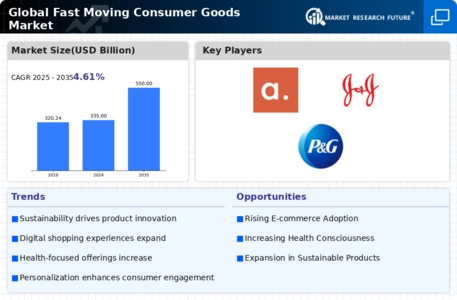
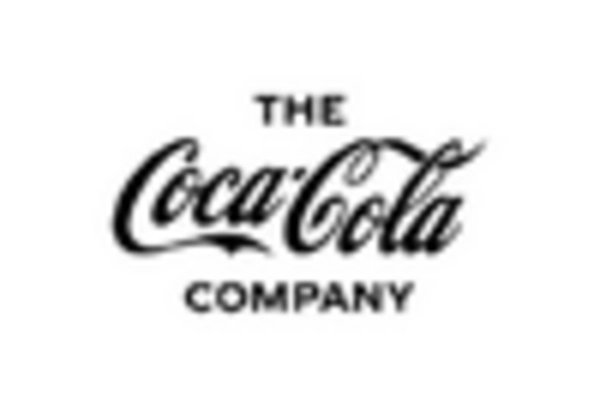
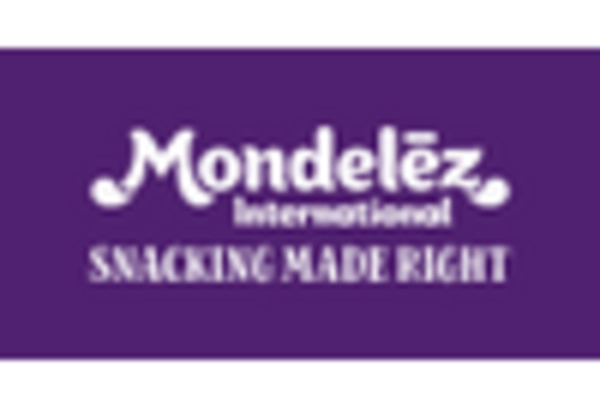

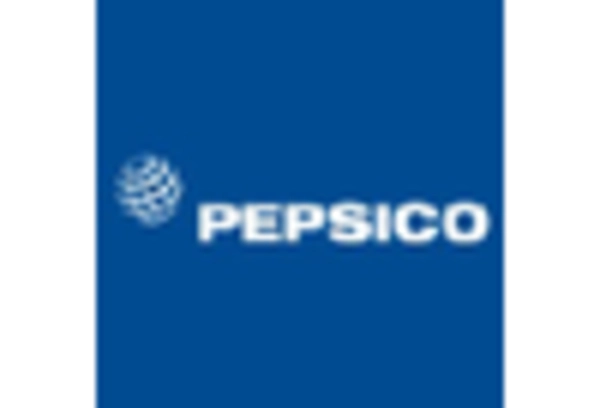
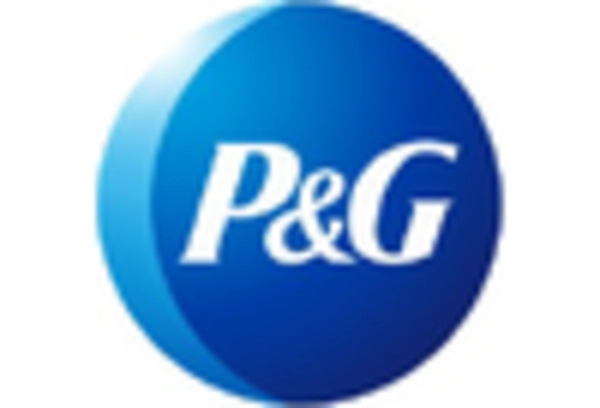









Leave a Comment